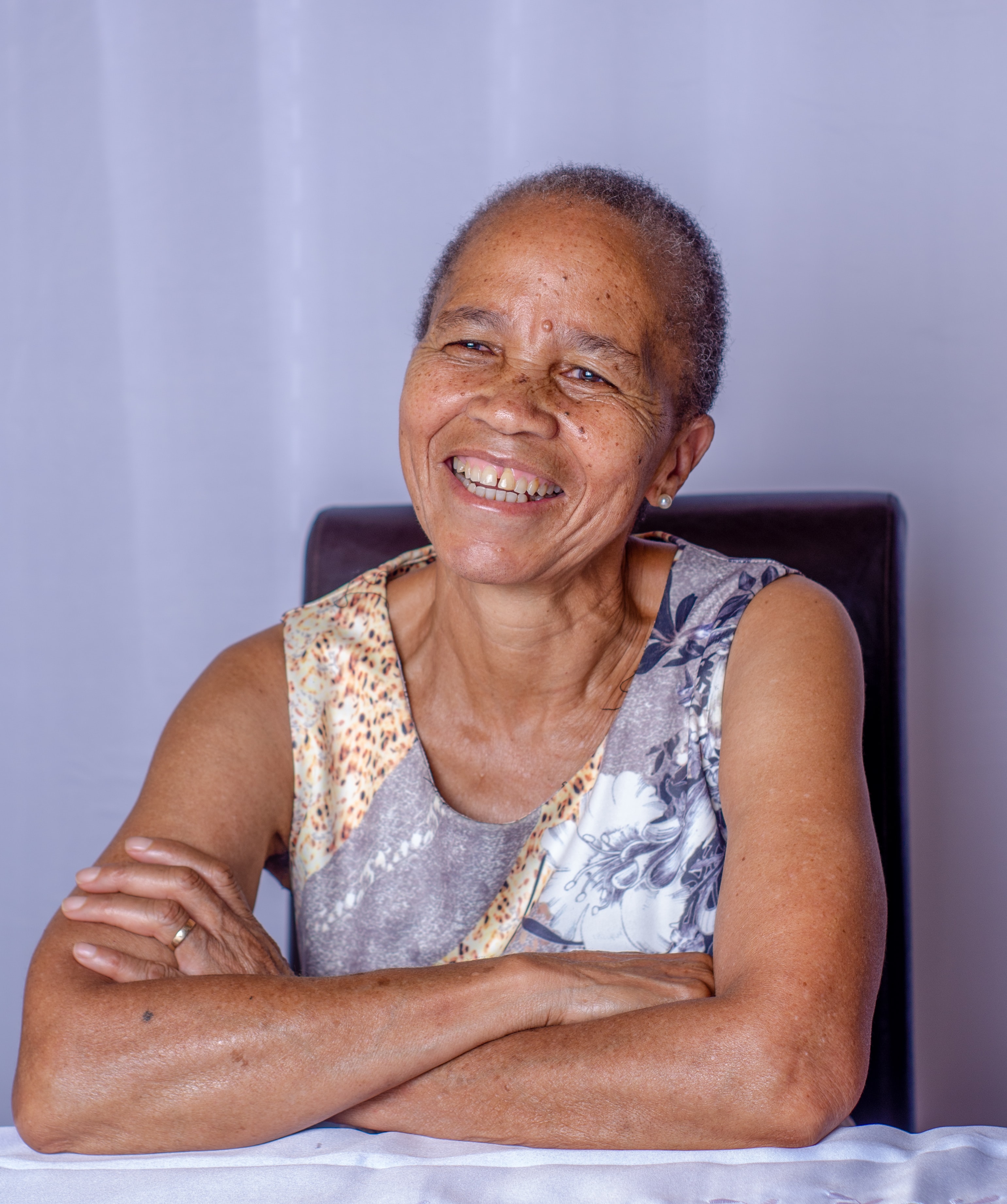About This Toolkit
The Age and Ability Inclusion Toolkit has been developed thanks to the contributions of many people and organizations seeking to foster inclusive practices for senior living. You will find information about these supporters, along with our methodology and research, on this page.
Photo by Steward Masweneng on Unsplash


The project used a Community Based Participatory Action Research (CBPAR) design to develop the Age and Ability Inclusion Toolkit for Senior Living. This means the project was:
- Community-based, meaning that it is grounded in the needs and concerns of community-based organizations who serve elders, i.e. senior living providers;
- Participatory, meaning that we will directly engage senior living providers and tap their knowledge and expertise in the research process and its outcomes; and
- Action-based, meaning that the project will generate strategic action that ultimately leads to transformation and social change within the senior living sector, through raising awareness of ageism and ableism and working to eradicate them.
The power of this research design lies in the fact that senior living provider knowledge in developing a prototype Age and Ability Inclusion Toolkit is irreplaceable and has a legitimacy that must not be undervalued in our efforts to disrupt ageism and ableism in senior living. If the proposed Age and Ability Inclusion Toolkit is to have any hope of efficacy, its content and format must be informed by expertise from within the senior living industry itself.
VCU Gerontology is an acknowledged leader in ageism research and education, with a national reputation in this field.
LeadingAge has made a mission-level organizational commitment to eradicating ageism within senior living and its LTSS Center has earned a national reputation for the quality of its applied research (including program evaluations and pragmatic trials) and ability to translate research findings into real-world training policies and evidence-based practices that improve the direct-care workforce experience and impact on outcomes, thus transforming the way that aging services are delivered.
Pioneer Network has evolved into a center for thought leaders and innovators in the field of aging with particular expertise in organizational culture change and person-centered care/person-directed living nationally and internationally.
The Eden Alternative brings 25 years of experience in educating and supporting aging services providers in the creation of cultures where everyone has the opportunity to grow, belong and experience meaningful purpose and well-being – regardless of age or ability.
The project partners wish to acknowledge and thank the RRF Foundation for Aging for its generous funding support for the development of the Age and Ability Inclusive Toolkit for Senior Living.
Alkema, G.E., & Alley, D.E. (2006). Gerontology's future: An integrative model for disciplinary advancement. The Gerontologist, 46, 574-582.
Allen, J. O. (2016). Ageism as a risk factor for chronic disease. The Gerontologist, 56(4), 610- 614.
Bellingtier, J.A. &; Neupert, S.D. (2018). Negative aging attitudes predict greater reactivity to daily stressors in older adults. The Journals of Gerontology Series B: Psychological Sciences and Social Sciences, 73(7),
Coudin, G., & Alexopoulos, T. (2010). 'Help me! I'm old!' how negative aging stereotypes create dependency among older adults. Aging & Mental Health, 14(5), 516-523. doi:10.1080/13607861003713182.
Gendron, T., Inker, J., & Welleford, E.A. (2017). A theory of relational ageism: A discourse analysis of the 2015 White House conference on aging. The Gerontologist, 2017, Vol. 00, No. 00, 1–9 doi:10.1093/geront/gnw155.
Gendron, T., Welleford, E. A., Pelco, L., & Myers, B. J. (2016). Who is likely to commit to a career with older adults? Gerontology & Geriatrics Education, 37(2), 208-228. doi:10.1080/02701960.2014.954042 [doi].
Hulley, S.B., Cummings, S.R., Browner, W.S., Grady, D.G., & Newman, T.B. (2013). Designing clinical research, (4th ed.). Philadelphia, PA: Wolters Kluwer|Lippincott Williams & Wilkins.
Lagacé, M., Tanguay, A., Lavallée, M-L., Laplante, J, Robichaud, S. (2012). The silent impact of ageist communication in long term care facilities: Elders’ perspectives on quality of life and coping strategies. Journal of Aging Studies, 26(3), 335-342.
Levy, B. R., Slade, M. D., May, J., & Caracciolo, E. A. (2006). Physical recovery after acute myocardial infarction: Positive age self-stereotypes as a resource. International Journal of Aging & Human Development, 62 (4), 285–301.
Levy, B.R., Slade, M.D., Chang, E., Kannoth, S., & Wang, S. (2018). Ageism amplifies cost and prevalence of health conditions. The Gerontologist, XX, (XX) 1–8, doi:10.1093/geront/gny131.
Jason, L.A, Keys, C.B., Suarez-Balcazar, Y., Taylor, R.R., Davis, M.I. (eds). (2004). Participatory community research: Theories and methods in action. Washington D.C.: American Psychological Association.
Levy, B.R. & Myers, L.M. (2005) Relationship between respiratory mortality and self-perceptions of aging, Psychology & Health, 20(5), 553-564.
Levy, B.R., Slade, M., Kunkel, S., & Kasl, S.V. (2002). Longevity increased by positive self- perceptions of aging. Journal of Personality and Social Psychology, 83(2), 261-270.
Palmore, E. (2015). Ageism comes of age. The Journals of Gerontology. Series B, Psychological Sciences and Social Sciences, 70, 873–875. doi:10.1093/geronb/gbv079
Ramirez, L. & Palacios-Espinosa, X. (2016). Stereotypes about old age, social support, aging anxiety and evaluations of one’s own health. Journal of Social Issues, 72(1), 216, 47- 68.
São José, J.M.S. & Amado, C.A.F. (2017). On studying ageism in long-term care: A systematic review. International psychogeriatrics, 29(3), 373-387.
Zimmerman, S., Dobbs, D., Roth, E. G., Goldman, S., Peeples, A. D., & Wallace, B. (2014). Promoting and protecting against stigma in assisted living and nursing homes. The Gerontologist, doi:gnu058 [pii].


